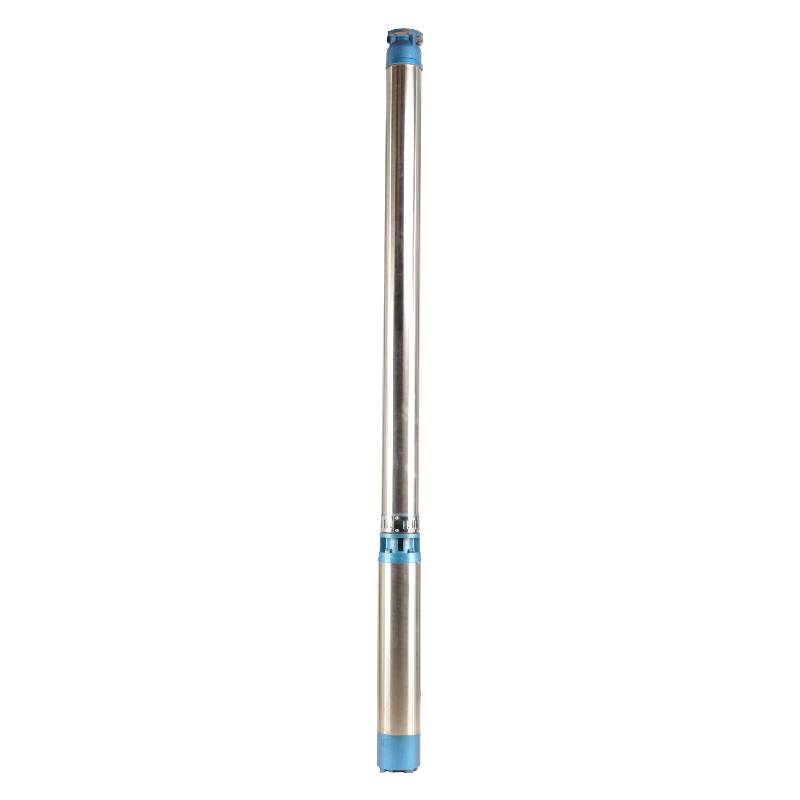dec . 26, 2024 03:18 Back to list
Exploring the Functionality and Advantages of Submersible Pump Motors in Water Systems
Submersible Pump Motor An Essential Component for Efficient Pumping Solutions
Submersible pump motors play a crucial role in various applications, from residential water systems to industrial wastewater management. These motors are specifically designed to operate underwater, providing an effective solution for pumping liquids from deep wells, reservoirs, and other submerged locations. Understanding the features, benefits, and maintenance of submersible pump motors is vital for anyone involved in their selection and usage.
Understanding Submersible Pump Motors
Submersible pump motors are hermetically sealed electric motors that are coupled with a pump body to form a single unit. This design allows the motor to be placed underwater, eliminating the need for drive shafts that are subject to wear and tear. The ability to operate submerged provides several advantages, including efficiency, reduced noise, and minimized risk of cavitation.
Types of Submersible Pump Motors There are two main types of submersible pump motors single-phase and three-phase. Single-phase motors are typically used in residential applications due to their simpler wiring and lower cost, while three-phase motors are preferred for industrial applications that demand higher power and efficiency. Choosing the right type of motor is critical, as it affects the pump's operational efficiency and lifespan.
Key Advantages
1. Increased Efficiency Submersible pump motors are designed to operate at high efficiency levels. When submerged, the motor is cooled by the liquid it’s pumping, allowing for continuous operation without overheating. This efficiency translates to lower energy costs, making them a favorite among users.
2. Reduced Noise Levels Unlike surface pumps, submersible pumps operate quietly because they are located underwater. This property is particularly advantageous in residential applications where noise can be a significant concern.
3. Space-Saving Design Submersible pumps do not require a lot of surface space, making them ideal for installations with limited room. They can be placed in wells, lakes, or even septic tanks, leaving the surface area clear for other uses.
4. Protection from Harmful Elements The hermetically sealed design of submersible pump motors protects them from contamination and damage from external elements. This ensures a longer operational life and reduces maintenance needs.
submersible pump motor

Applications of Submersible Pump Motors
Submersible pump motors are utilized in various industries and applications, including
- Agriculture Farmers use submersible pumps to extract water from wells for irrigation. Their efficiency and ability to reach deeper water sources make them an essential tool in modern farming.
- Sewage and Wastewater Management In municipal settings, submersible pumps are used to manage wastewater and sewage effectively. Their robust design allows them to handle solids and other debris without clogging.
- Construction Submersible pumps are also used in construction for dewatering sites. They can quickly remove water that accumulates in excavation sites, ensuring that projects remain on schedule.
- Residential Use For homeowners, submersible pumps are ideal for draining water from basements or swimming pools and for supplying water from deep wells.
Maintenance and Care
Maintaining a submersible pump motor is essential for ensuring longevity and optimal performance. Regular checks on the motor’s performance, including monitoring for unusual noises or vibrations, can help identify problems early. Additionally, it’s vital to ensure that the pump is adequately submerged to prevent the motor from running dry, which can lead to overheating and failure.
Conclusion
Submersible pump motors are a vital component in many pumping systems across various sectors. Their efficiency, quiet operation, and durability make them an attractive choice for both residential and industrial applications. Understanding their functionality, benefits, and maintenance can help users maximize their investment and ensure reliable performance over time. As technology continues to advance, the development of submersible pump motors is likely to lead to even greater efficiencies and capabilities, enhancing their role in managing water resources effectively.
-
Submersible Water Pump: The Efficient 'Power Pioneer' of the Underwater World
NewsJul.01,2025
-
Submersible Pond Pump: The Hidden Guardian of Water Landscape Ecology
NewsJul.01,2025
-
Stainless Well Pump: A Reliable and Durable Pumping Main Force
NewsJul.01,2025
-
Stainless Steel Submersible Pump: An Efficient and Versatile Tool for Underwater Operations
NewsJul.01,2025
-
Deep Well Submersible Pump: An Efficient 'Sucker' of Groundwater Sources
NewsJul.01,2025
-
Deep Water Well Pump: An Efficient 'Sucker' of Groundwater Sources
NewsJul.01,2025
-
 Submersible Water Pump: The Efficient 'Power Pioneer' of the Underwater WorldIn the field of hydraulic equipment, the Submersible Water Pump has become the core equipment for underwater operations and water resource transportation due to its unique design and excellent performance.Detail
Submersible Water Pump: The Efficient 'Power Pioneer' of the Underwater WorldIn the field of hydraulic equipment, the Submersible Water Pump has become the core equipment for underwater operations and water resource transportation due to its unique design and excellent performance.Detail -
 Submersible Pond Pump: The Hidden Guardian of Water Landscape EcologyIn courtyard landscapes, ecological ponds, and even small-scale water conservancy projects, there is a silent yet indispensable equipment - the Submersible Pond Pump.Detail
Submersible Pond Pump: The Hidden Guardian of Water Landscape EcologyIn courtyard landscapes, ecological ponds, and even small-scale water conservancy projects, there is a silent yet indispensable equipment - the Submersible Pond Pump.Detail -
 Stainless Well Pump: A Reliable and Durable Pumping Main ForceIn the field of water resource transportation, Stainless Well Pump has become the core equipment for various pumping scenarios with its excellent performance and reliable quality.Detail
Stainless Well Pump: A Reliable and Durable Pumping Main ForceIn the field of water resource transportation, Stainless Well Pump has become the core equipment for various pumping scenarios with its excellent performance and reliable quality.Detail
